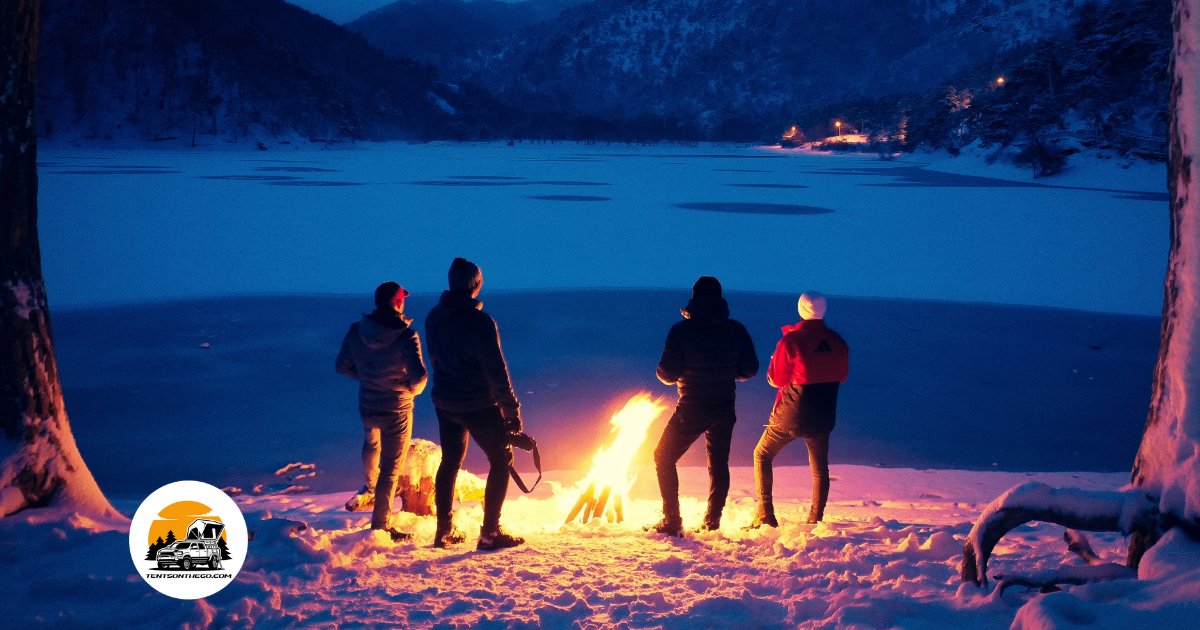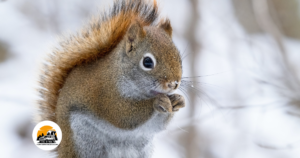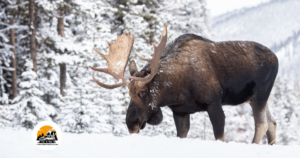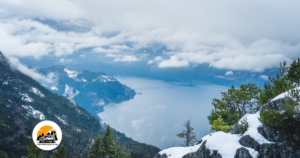Have you ever thought about how refreshing camping in winter can be, but wondered how to keep warm while doing it? Picture yourself nestled in a cozy sleeping bag, sipping hot cocoa while enjoying the snowy landscape. With the right preparation and gear, you can make your winter camping trip comfortable and fun. Let’s talk about ways to stay warm during your winter camping adventures.
Choose the Right Gear
Invest in Quality Sleeping Bags
One of the most crucial elements of your winter camping experience is your sleeping bag. Look for a sleeping bag rated for cold weather, ideally one that can handle temperatures below what you expect to encounter. A mummy-shaped sleeping bag tends to hold heat better due to its snug fit around your body.
Sleeping Bag Temperature Ratings
| Temperature Rating | Recommended Use |
|---|---|
| 0°F and below | Extreme winter camping |
| 15°F to 0°F | Cold winter camping |
| 30°F to 15°F | Mild winter camping |
| Above 30°F | Dormant periods in winter camping |
Insulation Matters
Don’t underestimate the importance of insulation in your tent setup. Look for an insulated tent designed for winter use. These tents not only keep out the chill but also help to minimize condensation, which can otherwise keep you uncomfortable.
Wear Appropriate Clothing
Layering is key when it comes to clothing for winter camping. Start with a moisture-wicking base layer to keep your body dry. Add an insulating mid-layer, such as fleece or down, and finish off with a waterproof and windproof outer layer. It’s all about creating a system that traps warmth while allowing you to remain flexible and mobile.
Clothing Layers Breakdown
| Layer Type | Purpose |
|---|---|
| Base Layer | Wicks moisture away from the skin |
| Mid Layer | Provides insulation |
| Outer Layer | Protects against wind and precipitations |
Don’t Forget Your Extremities
Your hands, feet, and head can lose a significant amount of body heat, so invest in high-quality gloves, socks, and hats. Look for insulated gloves that allow for some dexterity, heavy wool socks, and a warm beanie or balaclava.
Preparing for Your Trip
Plan Your Campsite
Choosing the right campsite location can significantly impact your warmth during the night. Set up your tent in a sheltered area, ideally surrounded by trees or other natural barriers that can block harsh winds. Avoid low-lying spots where cold air may settle.
Understand the Weather
Before heading out, keep an eye on the forecast for your camping destination. If the weather looks particularly harsh, consider adjusting your plans—perhaps opting for a shorter trip or seeking a different location. Knowing what to expect can help you make informed decisions about clothing and gear.
Building a Cozy Campfire
Campsite Preparation
A campfire not only provides warmth but also serves as a fantastic social hub for the group. Pick a site free from overhanging branches and cleared of flammable debris. Lay down a stone circle to contain the fire safely.
Choosing the Right Fuel
Different types of wood can contribute differently to your fire. Hardwoods like oak and hickory produce greater heat and longer-lasting burns, while softer woods ignite easily and are great for kindling. Always have a variety of wood on hand, ensuring you can maintain a steady flame throughout your camping trip.
Fire Safety Tips
While a campfire is a wonderful asset, remember to practice fire safety. Never leave the fire unattended, and always keep water or dirt nearby to extinguish the flames if needed. When you’re done, ensure the fire is completely out—don’t leave any live embers behind.
Cooking and Staying Warm
Use a Portable Stove
In winter camping, cooking over a campfire isn’t always feasible, especially in rain or snow. A portable camp stove allows you to prepare meals conveniently while keeping warm. Opt for a multi-fuel stove that can run on propane or white gas, ensuring you have the necessary fuel for your trip.
Hot Meals and Drinks
Warm meals can do wonders for your body temperature. Think hearty soups, stews, and hot drinks that not only provide nutrition but also warmth. Packing a thermos with hot beverages can ensure continuous warmth throughout your day, especially during breaks.
Designing Your Cooking Area
Setting up a dedicated cooking area away from the tent minimizes fire hazards and helps keep your sleeping area cleaner. Using windbreaks, such as tarps or the natural terrain, can make cooking more comfortable too.
Insulating Your Tent
Use a Tent Footprint
A tent footprint is designed to sit beneath your tent, adding an extra layer of insulation from the cold ground. Made from durable materials, this piece of gear will not only extend the life of your tent but also help keep your sleeping area warm.
Layer the Inside
Additionally, consider layering the inside of your tent. You can use foam pads, extra blankets, or sleeping mats to provide an insulating layer. Elevating your sleeping area off the cold ground protects you from the chill and ensures a much warmer night’s rest.
Managing Condensation
Vent Your Tent
One of the less enjoyable aspects of winter camping is the condensation that builds up inside your tent. Although you want to keep warm, ensuring proper ventilation is essential to manage moisture. Open vents at the top of your tent to allow air circulation without letting in too much cold.
Use Proper Tent Materials
Choosing a tent made of breathable material can make a significant difference. These tents allow moisture to escape outside while keeping you dry and warm inside.
Staying Active
Keep Moving
Staying active is a natural way to maintain your body temperature. Engage in activities like hiking, snowshoeing, or even a friendly snowball fight to keep your blood pumping. Just remember to dress appropriately—remove layers as you warm up to prevent overheating.
Engage in Group Activities
If you’re camping with friends or family, organize group activities that encourage movement. Building a snowman, playing games, or even setting up a scavenger hunt can keep everyone entertained and warm.
Mental Warmth
Embrace the Experience
Winter camping is often quieter and less crowded than summer trips, providing a beautiful backdrop for deep connection with nature and loved ones. Take in the peace around you, and don’t forget to enjoy the little joys, like stargazing or sharing stories around the fire.
Capture the Moment
Bringing along a journal or camera can help you capture your unique experiences and reflections during your winter camping adventure.
Share the Adventure
Sharing stories, singing songs, or playing games around the campfire can keep spirits high. Not only does this create warmth between you and your companions, but it also provides a backdrop for memories that will last long after your camping trip has ended.
Staying Safe in Extreme Weather
Know When to Call It Off
Listening to weather advisories is essential, particularly in winter. If conditions seem unsafe—such as heavy snowfall, severe winds, or dropping temperatures—don’t hesitate to cut your trip short. Your safety should always come first.
First Aid Kit Essentials
Having a well-stocked first aid kit can help you address minor injuries or health issues resulting from cold weather. Ensure that your kit includes:
- Adhesive bandages
- Antiseptic wipes
- Pain relievers
- Thermal blankets for emergencies
- Frostbite treatment options
Team Communication
If camping with a group, establishing clear communication is essential. Make sure everyone understands the plan and is aware of any safety concerns. Designate a buddy system to keep an eye on one another throughout the trip, especially during activities away from the campsite.
Embrace the Chill
Winter camping offers a unique adventure that allows you to immerse yourself in the beauty of nature. Remember, with solid preparation, the right gear, and a touch of creativity, you can stay warm and have an enjoyable time. So gather your supplies, don your layers, and step into the winter wonderland! Each crisp breath and warm moment spent by the fire will become cherished memories, making the chill worth it.
Must-Have Accessories for an Unforgettable Camping Experience.




